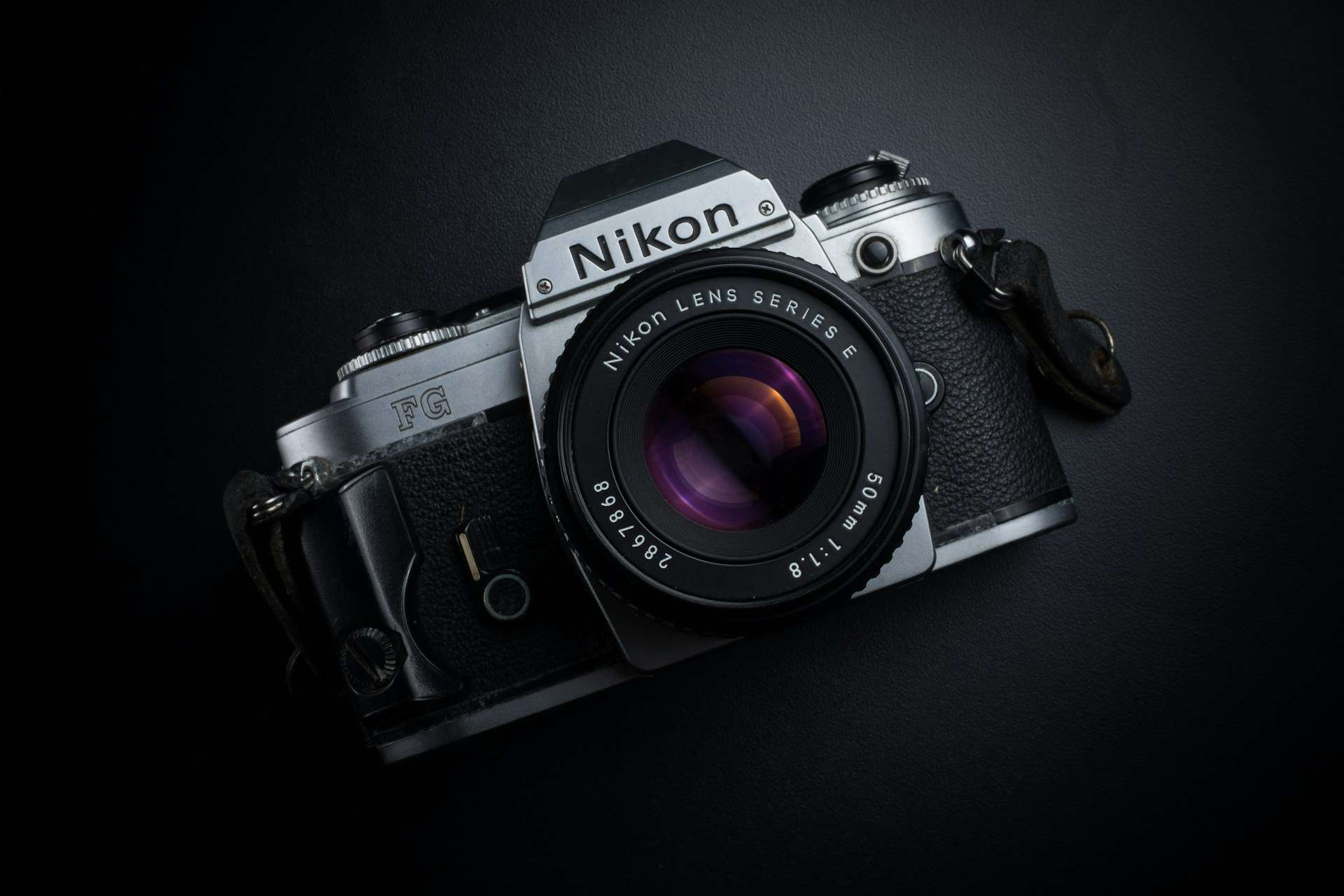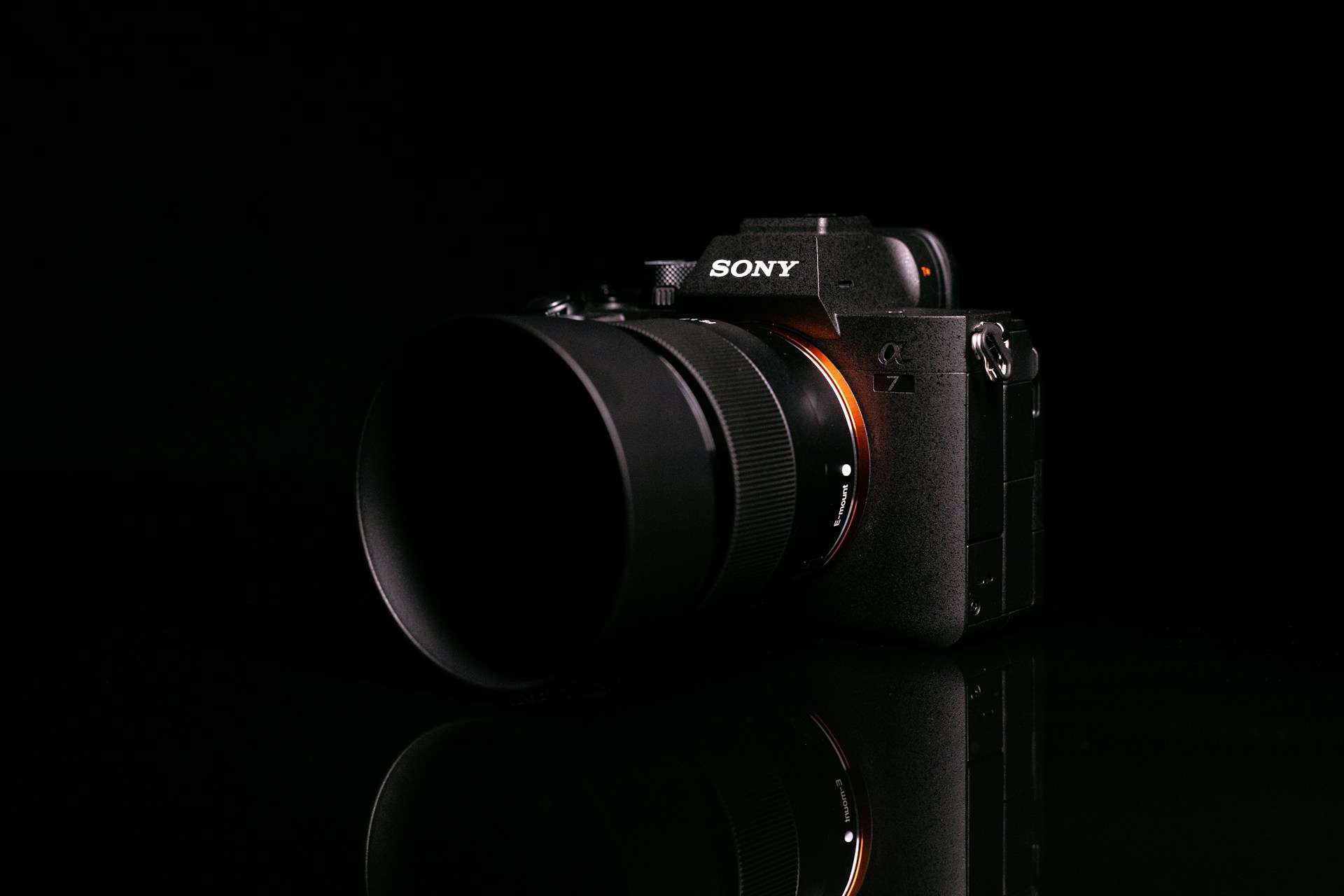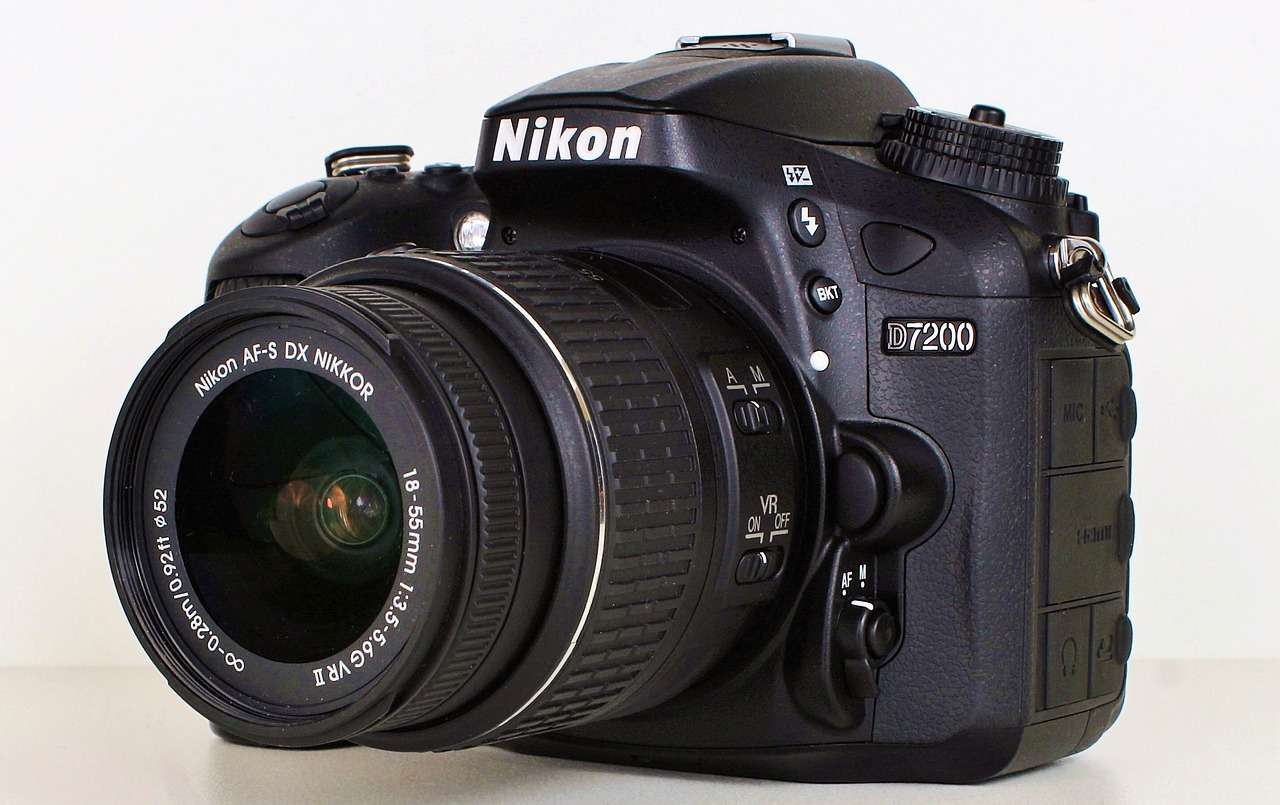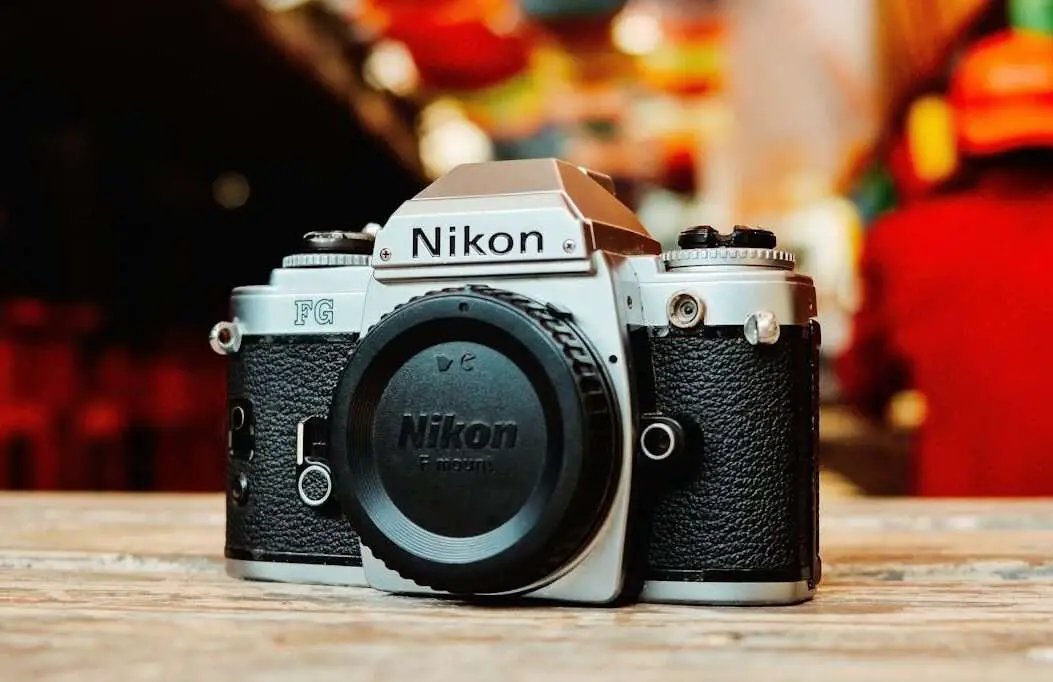Nikon cameras are renowned for their exceptional image quality and durability. As a proud owner of a Nikon camera, you understand the importance of preserving its performance and longevity. One crucial aspect of maintenance is knowing how to clean a Nikon camera effectively. Dust, dirt, and smudges can accumulate over time, impacting image clarity and camera functionality. In this comprehensive guide, we will delve into the intricate details of how to clean a Nikon camera properly, ensuring that your beloved device continues to capture breathtaking moments with unparalleled clarity and precision.
Contents
Gathering Your Cleaning Supplies
Before you begin cleaning your Nikon camera, it’s crucial to gather all the necessary cleaning supplies. Here’s what you’ll need:
- Lens Cleaning Solution: Opt for a high-quality, alcohol-free lens cleaning solution to avoid damaging the lens coatings.
- Microfiber Cloth: Use a soft, lint-free microfiber cloth to wipe away dust and smudges without scratching the lens or LCD screen.
- Sensor Cleaning Kit: Invest in a sensor cleaning kit specifically designed for DSLR cameras to safely remove dust particles from the sensor.
- Air Blower: A bulb air blower is ideal for removing loose dust from the camera body and lens.
- Lens Brush: A soft brush with bristles specifically designed for camera lenses can help dislodge stubborn dust particles.
Step-by-Step Cleaning Process
1. Preparing Your Workspace
Choose a clean and well-lit area to clean your Nikon camera. Make sure to turn off the camera and remove the lens before starting the cleaning process.
2. Cleaning the Lens
Start by using the air blower to gently remove any loose dust particles from the lens surface. Next, apply a small amount of lens cleaning solution to the microfiber cloth and gently wipe the lens in a circular motion, starting from the center and moving outward. Avoid applying excessive pressure to prevent scratching the lens. If there are stubborn smudges, use a lens brush to gently remove them.
3. Cleaning the Camera Body
Use the air blower to remove dust and debris from the camera body, focusing on the crevices and buttons. Wipe the body gently with a dry microfiber cloth to remove any remaining dust or fingerprints.
4. Cleaning the Sensor
Cleaning the sensor requires extra caution to avoid damaging the delicate components. Follow these steps carefully:
- Ensure the camera’s battery is fully charged to prevent accidental mirror movement.
- Access the sensor cleaning function in the camera’s menu settings and select “Manual Cleaning” mode.
- Use the air blower to remove any loose dust particles from the sensor chamber.
- Attach the sensor cleaning swab to the sensor cleaning wand and apply a few drops of sensor cleaning solution to the swab.
- Gently swipe the swab across the sensor surface in one direction, avoiding any contact with the surrounding components.
- Repeat the process with a clean, dry swab if necessary.
5. Final Touches
After cleaning the lens, body, and sensor, reattach the lens to the camera body and perform a quick test to ensure everything is functioning correctly. Inspect the lens and sensor for any remaining dust or smudges, and repeat the cleaning process if needed.
Tips for Maintaining a Clean Camera
- Store Your Camera Properly: When not in use, store your Nikon camera in a clean, dry place away from dust and moisture.
- Use a Protective Filter: Consider using a UV or clear filter to protect the lens from scratches, dust, and fingerprints.
- Avoid Touching the Sensor: Minimize the risk of sensor damage by avoiding direct contact with the sensor whenever possible.
- Regular Maintenance: Schedule regular cleaning sessions to keep your Nikon camera in top condition and prevent dust buildup.
Conclusion
By following these simple steps and best practices, you can ensure that your Nikon camera remains in pristine condition, delivering stunning images for years to come.
FAQs about How to Clean a Nikon Camera
- Why is it important to clean my Nikon camera regularly?
Regular cleaning is essential to maintain the optimal performance and longevity of your Nikon camera. Dust, dirt, and smudges can accumulate on the lens, sensor, and body, affecting image quality and camera functionality. By cleaning your camera regularly, you can ensure that it continues to deliver stunning images and reliable performance for years to come. - What are the risks of not cleaning my Nikon camera?
Failing to clean your Nikon camera regularly can lead to several potential risks, including:- Reduced image quality due to dust and smudges on the lens or sensor.
- Impaired autofocus and metering performance.
- Increased risk of mechanical failure or malfunction.
- Potential damage to the lens coatings or sensor surface.
- Degradation of overall camera performance and resale value.
- Can I use household cleaning products to clean my Nikon camera?
It is highly recommended to use specialized cleaning products designed specifically for camera equipment. Household cleaning products may contain harsh chemicals or abrasive materials that can damage the lens coatings, sensor surface, or camera body. Opt for alcohol-free lens cleaning solutions and microfiber cloths to ensure gentle and effective cleaning without risking damage to your Nikon camera. - How often should I clean my Nikon camera?
The frequency of cleaning depends on several factors, including how frequently you use your camera and the environmental conditions in which it is used. As a general guideline, it’s advisable to clean your Nikon camera:- After each use, especially in dusty or humid environments.
- Whenever you notice visible dust, smudges, or debris on the lens, sensor, or body.
- Before important shoots or events to ensure optimal image quality and performance.
- What is the best way to clean the sensor of my Nikon camera?
Cleaning the sensor requires extra caution to avoid damage to delicate components. It’s recommended to use a sensor cleaning kit specifically designed for DSLR cameras, following these steps:- Ensure the camera’s battery is fully charged to prevent accidental mirror movement.
- Access the sensor cleaning function in the camera’s menu settings and select “Manual Cleaning” mode.
- Use an air blower to remove loose dust particles from the sensor chamber.
- Gently swipe a sensor cleaning swab moistened with sensor cleaning solution across the sensor surface, avoiding contact with surrounding components.
- Repeat the process with a clean, dry swab if necessary, and perform a sensor check to ensure all dust particles have been removed.
Read Now: Nikon Z5 Lenses and Nikon Z5




